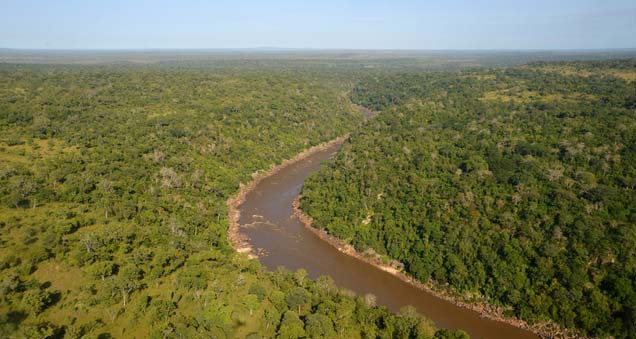Construction of what would be, upon completion, the largest hydropower plant in Tanzania will start July, Minister for Energy Dr Medard Kalemani has confirmed.
The Stigler’s Gorge power project will be constructed along the Rufiji River in the Selous Game Reserve. When fully operational the hydropower plant will have an installed capacity of at least 2,100MW.
Dr. Kalemani also revealed that construction of the Stigler’s Gorge dam will take 36 months.
“It is our hope that the project will be completed by early 2021,” he said.
Kalemani was speaking during the inauguration of a 167.82-megawatt natural gas power plant at Kinyerezi on the outskirts of the capital, Dar es Salaam.
Tanzania banks on the hydropower project to completely end the country’s power woes and sustain local industries with electricity and sell the surplus outside the country. With a population of approximately 53 million Tanzania has just 1,400MW of installed grid capacity.
But even as construction of the largest hydropower plant in Tanzania gains momentum, conservationist are opposed to the project.The Selous Game Reserve where the project will be located is home to a variety of animal species including the endangered black rhinoceros and elephants.
Read:Tanzania hastens plans for power plant in Selous game reserve
The 50,000 km2 Selous Game Reserve (SGR) is one of the most important protected areas in Africa, and has been recognized as a World Heritage Site since 1982
According to WWF downstream changes to the Rufiji river flow and loss of sediment it carries could see the Rufiji Delta along with East Africa’s largest mangrove forest shrink, and the offshore fishery, reputedly Tanzania’s richest fishery, contract.
World heritage organisation Unesco on the other hand has been quoted as saying that the site is in danger following drop in animal numbers. It blames poaching for the menace.
Tanzania believes that the Stiegler’s Gorge dam will help diversify its energy mix and end persistent electricity problems in the country. The project would more than double the country’s power generation capacity.

